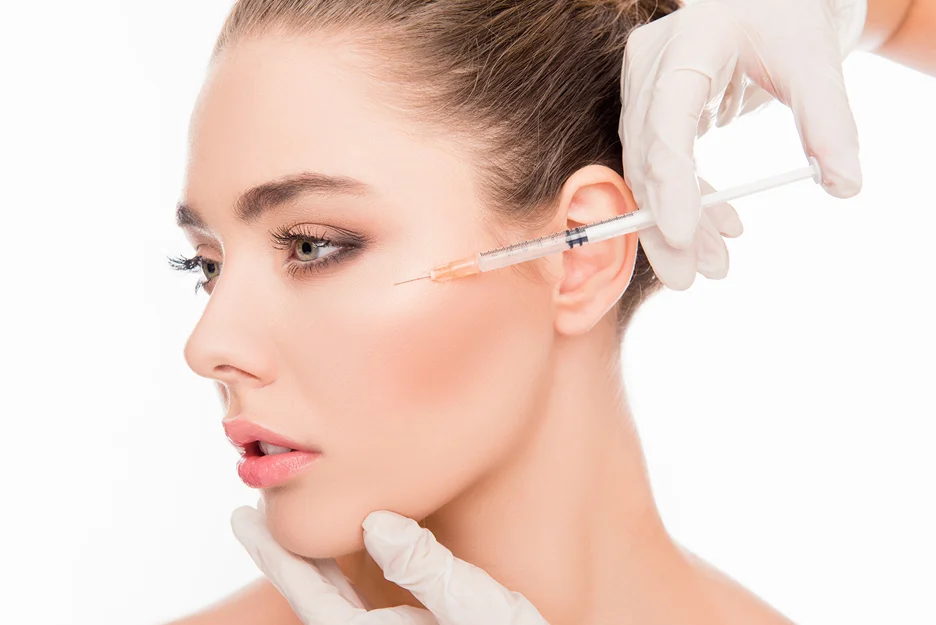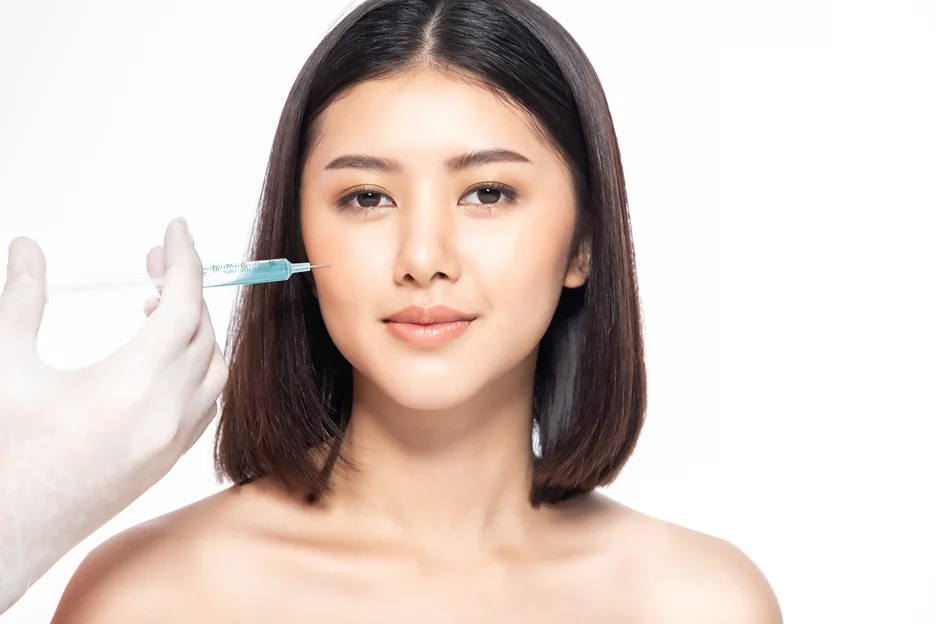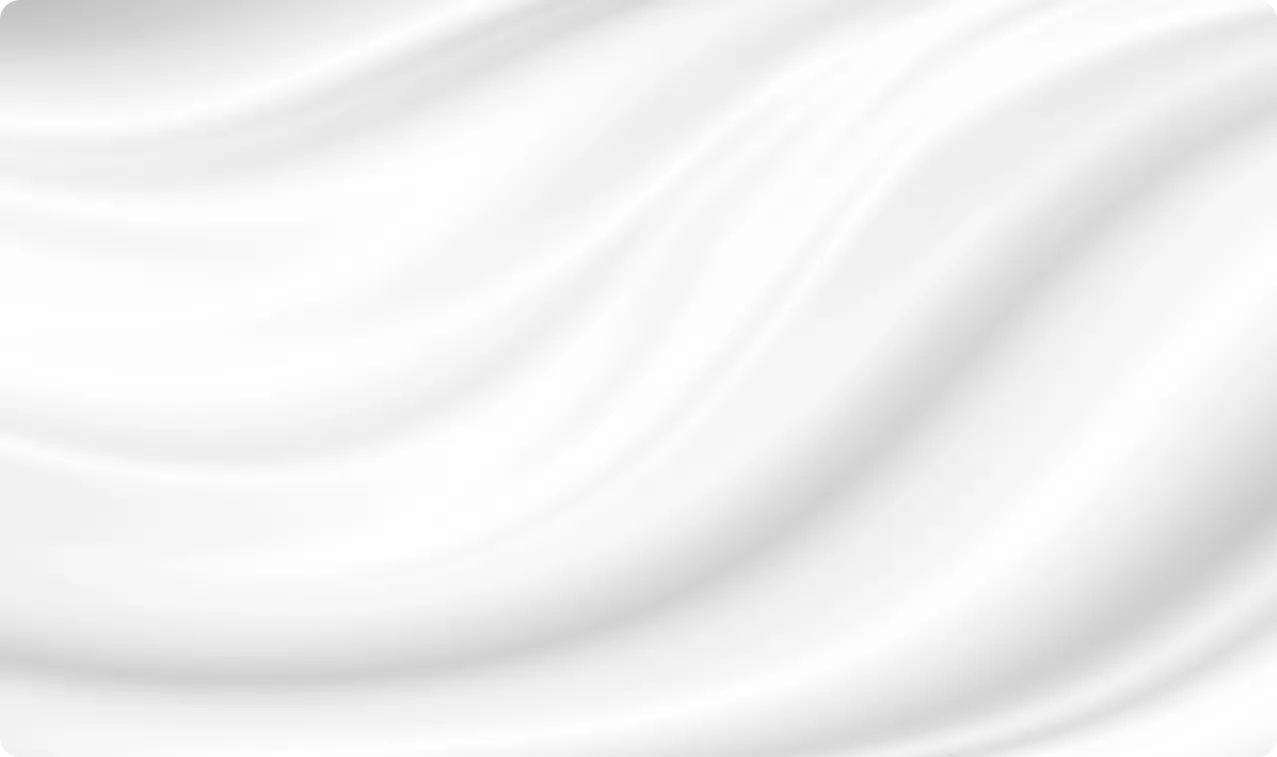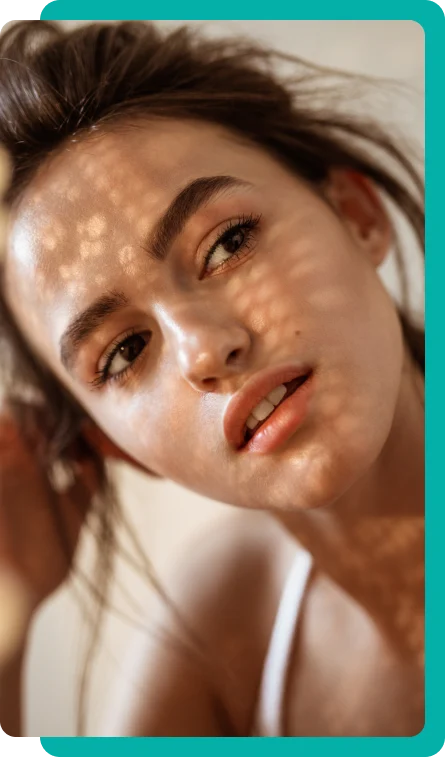You finally took the plunge and got cheek fillers to achieve a more contoured facial profile. But now you look in the mirror and see unexpected lumps and bumps. Is this normal after cheek injections or a cause for concern?
Let’s explore why those pesky lumps appeared, how to get rid of them, and when it might be wise to call your injector.
After undergoing a cheek filler procedure, it's common to experience temporary swelling and side effects.
These expected reactions to cheek injections are a normal part of the healing process. Swelling, redness, and tenderness at the injection sites are typical side effects of cheek augmentation that usually subside within a few days to a week.
It's important to understand that the healing process can vary from person to person. Factors such as individual skin characteristics, filler type, and injection technique can influence the recovery time.

Lumps, bumps, and nodules are common after facial fillers, including cheek injections. But what makes them pop up? The main culprits are:
It’s normal for swelling to occur after injections due to trauma from the needle penetrating deep layers of facial tissue. When filler is deposited into the cheeks, it stretches tissues that aren’t used to having volume there. This irritation causes inflammation as your body responds to the “injury” of injections.
Many patients want an immediate, dramatic improvement in their cheeks. But over-injecting filler too quickly can lead to lumpiness from having too much product before tissues accommodate it.
Experienced injectors aim to evenly distribute filler to blend seamlessly. But small pockets of too much or too little filler can make areas feel bumpy or textured.
If filler is injected too high or too low according to your facial anatomy, you may feel unexpected firmness or nodules in those areas.
In general, give your body about 7-14 days for swelling to subside and filler to settle into position before judging your results. Those first days can be misleading due to normal side effects of injections.
While experiencing some lumps and bumps after cheek fillers is normal, it's crucial to differentiate between expected side effects and potential complications.
Persistent, painful, or growing lumps that do not improve with time should be evaluated by your injector. Asymmetrical or visibly noticeable irregularities that affect the overall appearance of your cheeks may also be a cause for concern.
Other signs that warrant medical attention include:
If you experience any of these symptoms, it's essential to contact your injector promptly for assessment and appropriate treatment.
As a rule of thumb, visible swelling and lumps should significantly diminish within 14 days after filler injections. If pronounced nodules, uneven texture, or small bumps persist longer than this, there are a few reasons why:
Unfortunately, injector skill levels vary greatly. In less experienced hands, improper injection depth, uneven distribution, overcorrection or hitting a blood vessel can cause stubborn lumps.
Requesting dramatic volume replacement in one session when your anatomy can’t support it with sufficient blood flow leads to visible bumps and shadows. Gradual augmentation over a few sessions enables better results.
Thicker fillers like calciums and some hyaluronic acid types are best suited for deeper folds versus subtle cheek hollowing. Injecting them too superficially tends to show up as bumpiness.
On very rare occasions, persistent swelling and inflammation can indicate the body rejecting a filler component. But allergies usually cause additional symptoms like redness, itching, rash and tenderness beyond just textural changes.
If you still have lumpiness, firmness or nodules after 2 weeks and conservative efforts like massage, icing and over-the-counter antihistamines haven’t helped soften them, don’t despair. There are effective options.
Your provider’s priority is for you to be delighted with your results and free of worrying side effects. Be transparent with them about lumpiness concerns so they can recommend the best solution.
Here are some common tactics:
| Treatment Method | Description | Onset of Effect |
| Hyaluronidase | An enzyme that breaks down hyaluronic acid fillers, dissolving problem areas for correction. | 24-48 hours |
| Steroid injections | Cortisone shots that reduce inflammation dramatically, used for isolated lumpiness without widespread dissolving. | Quick-acting |
| Massage nodules | Gentle massaging of stubborn nodules to distribute the filler more evenly. Vigorous manipulation should be avoided as it can worsen the issue. | Immediate, but use caution |
| Wait it out | For mild lumpiness, waiting 4-6 weeks allows swelling to dissipate and the filler to integrate fully with surrounding tissues. | 4-6 weeks for full effect |
Preventing those pesky lumps from ever forming allows you to enjoy seamless, beautiful results from your cheek fillers. Here’s how:
Do extensive research before choosing an injector. Look for specialists, like board-certified dermatologists or plastic surgeons, with expertise specifically in facial anatomy and fillers. Examine many before/after images to evaluate their artistic eye for balanced, natural-looking outcomes.
Resist rushing toward your ultimate goal volume in one or two sessions. Allow your tissues to gradually adapt as augmentation is layered strategically over multiple appointments. There’s no award for getting dramatic cheekbones quickly.
Closely adhere to your provider’s aftercare instructions, including icing, staying upright to reduce swelling and avoiding blood thinners or alcohol for 1-2 days which worsen bruising and swelling. Don’t obsessively poke or massage areas. Give filler time to properly integrate.
Schedule check-ins every 6-12 months to maintain results by having small touch-ups before filler fully dissipates. This prevents the need to start from scratch replenishing lost volume. Consistent maintenance means smooth sailing.

Open communication with your injector is key to achieving optimal results and patient satisfaction.
Before undergoing cheek filler treatment, discuss your concerns, desired outcomes, and any previous cosmetic procedures you have had. This information helps your injector create a personalized treatment plan that addresses your specific needs and goals.
By working closely with a qualified injector, following proper aftercare instructions, and addressing any concerns promptly, you can minimize discomfort, achieve the desired results, and enjoy the benefits of cheek fillers with confidence.
Remember, every person's experience with cheek fillers is unique, and individual results may vary. Maintaining open communication with your injector, attending follow-up appointments, and adhering to a personalized treatment plan can help you achieve optimal results and long-lasting satisfaction with your cheek filler procedure.

New Patients Enjoy $100 OFF on Tox or Filler Appointments!
*minimum 1 full syringe or minimum 25 units; Cannot be combined
